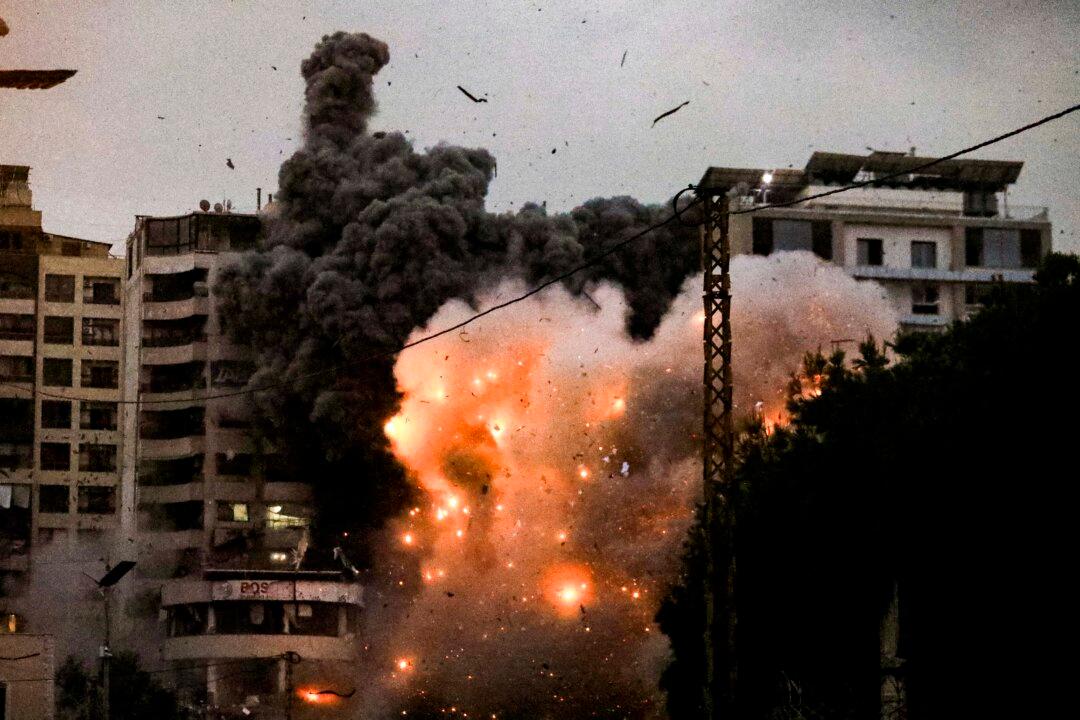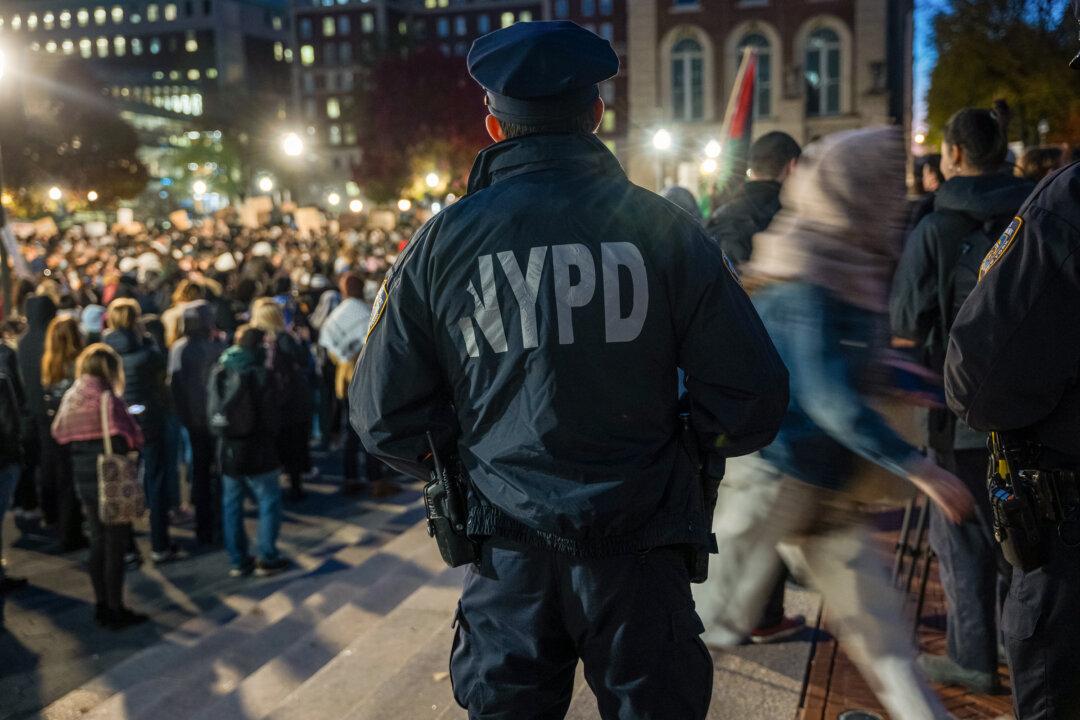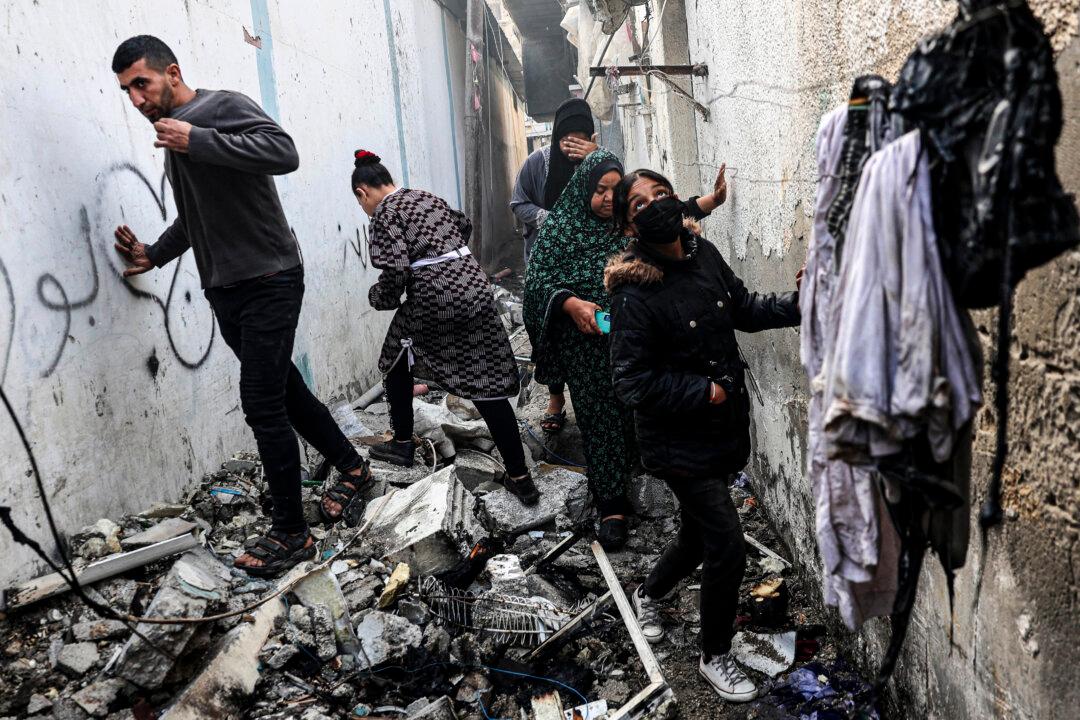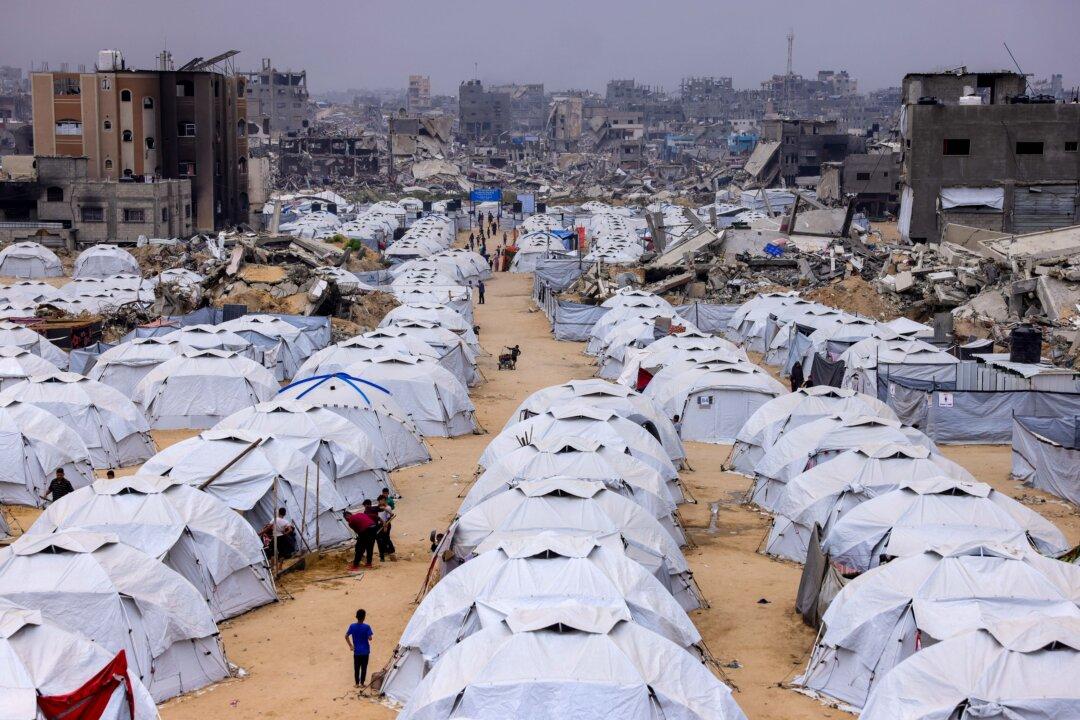Israel and Hezbollah have commenced a cease-fire that ends more than a year of cross-border air and rocket attacks and two months of Israel’s ground war to drive the Hezbollah terrorist group away from Israel’s northern frontier.
The cease-fire came into effect at 4 a.m. local time on Nov. 27 (9 p.m. ET on Nov. 26).





